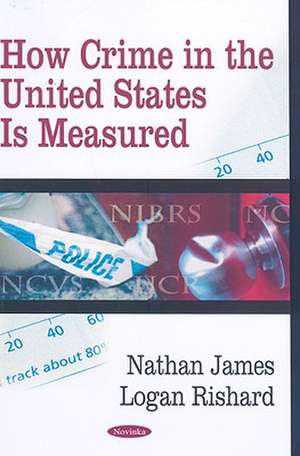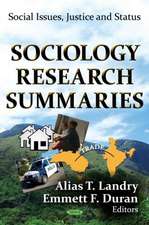How Crime in the United States is Measured
Autor Nathan James, Logan Risharden Limba Engleză Paperback – 31 aug 2008
Preț: 289.76 lei
Preț vechi: 391.45 lei
-26% Nou
Puncte Express: 435
Preț estimativ în valută:
55.45€ • 58.04$ • 46.15£
55.45€ • 58.04$ • 46.15£
Carte disponibilă
Livrare economică 11-25 martie
Preluare comenzi: 021 569.72.76
Specificații
ISBN-13: 9781604567557
ISBN-10: 1604567554
Pagini: 101
Dimensiuni: 135 x 217 x 14 mm
Greutate: 0.16 kg
Editura: Nova Science Publishers Inc
ISBN-10: 1604567554
Pagini: 101
Dimensiuni: 135 x 217 x 14 mm
Greutate: 0.16 kg
Editura: Nova Science Publishers Inc
Cuprins
Preface; Introduction; Uniform Crime Reports (UCR); National Crime Victimisation Survey; The UCR Compared with the NCVS; Selected Issues; Index.
















